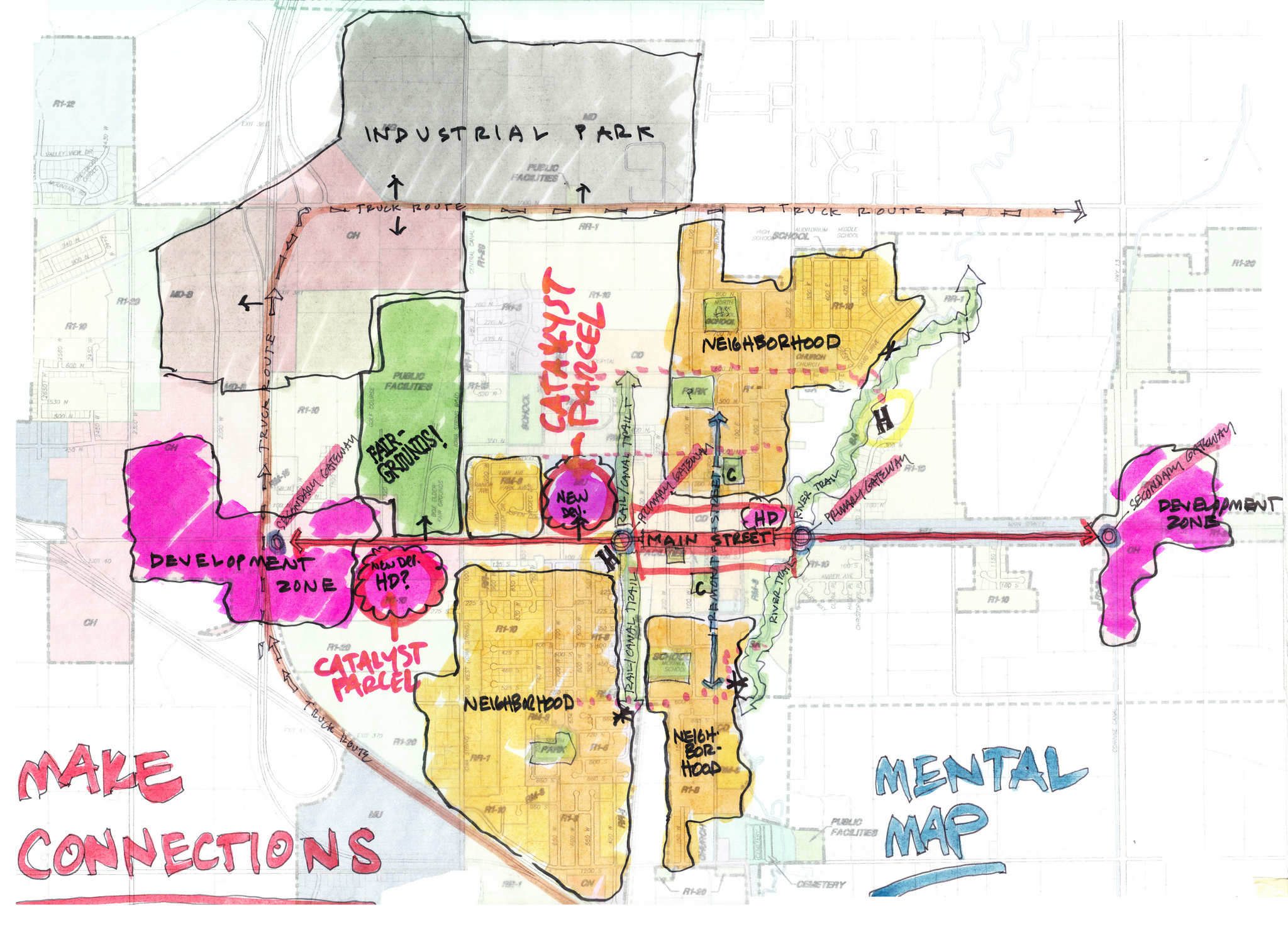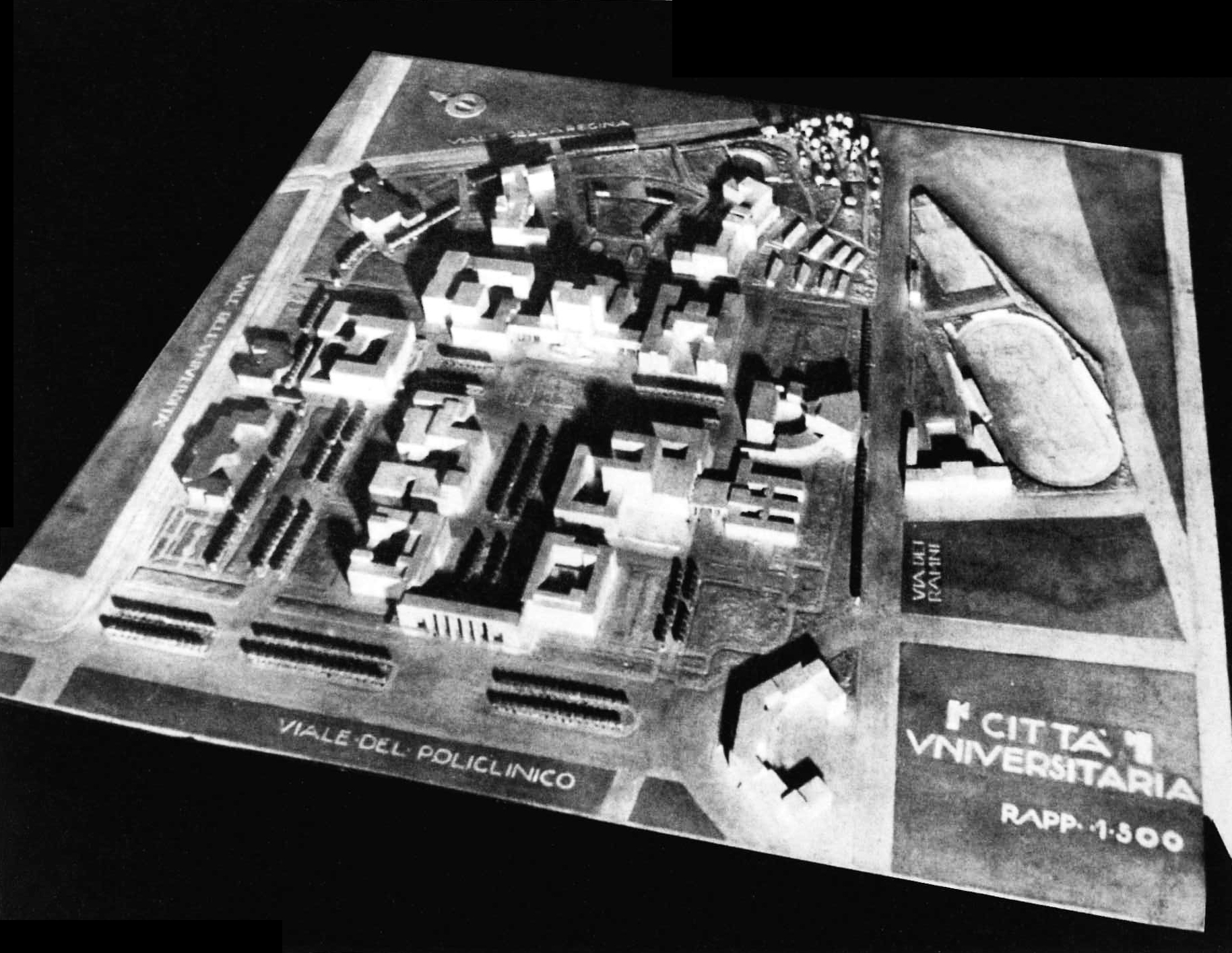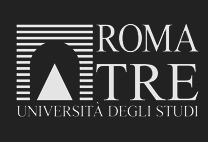IDENTITY AND HERITAGE CONSERVATION
Identity in architecture and heritage conservation in Iraq
di Azad Hama Ahmed A.
The phenomenon of expressing cultural identity in architecture is apparent in many parts of the world. Yet, this issue is currently receiving little attention in Iraq. This paper addresses the theme of identity, regionalism in architecture in Iraq, and outlines a lack of consideration of identity-linked architectural practices, as well as an appropriate heritage policy, in the post-war city reconstruction processes. The research presented reviews the past regionalism experience in architecture and demonstrates how Iraq is moving backwards in conserving its architectural identity and heritage; this is mainly due to three factors: a) the country’s architectural practitioners and political-administrative class are more attracted by modernization perspectives, rather than conservation and the development of their own architectural culture; b) the lack of a clear, comprehensive and inclusive heritage policy; c) the inability to keep its legislative corpus updated in the matter of heritage conservation.
Azad Hama Ahmed A. (Ph.D in Territorial Planning); from 2003 to 2010, he was dean of the technology faculty at Polytechnic University of Sulaimanyah (Iraq) and founder of school of planning at the same faculty.






